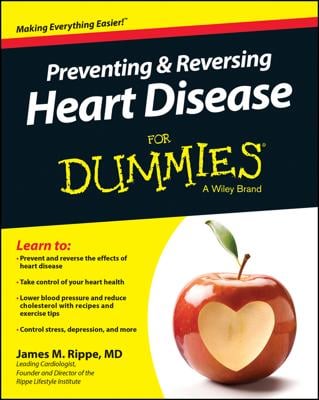When tests reveal that you have narrowing of one, two, or three of the coronary arteries, your physician develops a plan for how best to treat your unstable angina. This plan may include the use of medicines, angioplasty (PCI), or coronary artery bypass surgery (CABG).
Medical therapy
A variety of medications that decrease the work of the heart or decrease the propensity of blood to clot at the sites of fatty plaques may be used to treat stable and unstable angina. The most common medications are
- Nitrates: Nitrates, particularly nitroglycerin, are valuable mainstays for treatment of angina and unstable angina. They relieve pressure on the heart and may also increase blood flow to the heart by causing the coronary arteries to dilate. Nitroglycerin often relieves discomfort quickly. Nitroglycerin/nitrates may come in the form of tablets or sprays that you put under the tongue, a pill that you take by mouth, a cream that you apply to your skin, or a patch that you wear on your skin. Some people may experience headache as a side effect.
- Beta blockers: These medications, another mainstay of treatment, decrease how hard the heart must work by lowering blood pressure and decreasing heart rate. In about 10 percent of individuals, side effects such as tiredness, dizziness, or depression can occur.
- Calcium antagonists: This class of medicines blocks calcium flow into the muscle cells of arteries and enables arteries to dilate. These medicines also are called calcium channel blockers. They typically are less effective than nitrates and beta-blockers in angina treatment; however, calcium antagonists may be used in conjunction with them. Calcium antagonists are particularly useful when any significant degree of spasm of the coronary arteries is present.
- Aspirin: That's right, good old aspirin. Many people know that aspirin can relieve minor pain or fever, but they don't know that aspirin is important in treating angina and unstable angina because it helps prevent platelets from sticking to the walls of blood vessels and thereby contributing to any blood clot that may narrow or block off a coronary artery. Aspirin needs to be part of therapy for individuals with known or suspected CAD who haven't experienced any problems with bleeding. Research and experience show that using enteric, or coated, aspirin, which dissolves in the intestine, often helps lessen potential stomach irritation for individuals who are sensitive to aspirin.
- Platelet receptor inhibitors: This new category of drugs can enhance aspirin therapy by blocking the ability of platelets to stick to each other. These medicines, which typically are delivered intravenously in the hospital, may further help in the acute setting of unstable angina.
Angioplasty
An alternative to medical therapy that may be more appropriate to some patients with unstable angina is called angioplasty, PTCA (percutaneous transluminal coronary angioplasty), or PCI (percutaneous coronary intervention). This procedure uses the technique known as heart catheterization. In angioplasty, a catheter is inserted into an artery that is narrowed. Near the tip of this catheter is a small balloon that is inflated by a physician when the catheter reaches the blockage. When the balloon subsequently deflates, the blockage often is dilated enough for more blood to pass through, thus decreasing anginal discomfort. A stent may also be inserted to keep the artery open.
Coronary artery bypass surgery
When the blockage of multiple coronary arteries is severe or the main branch of the left coronary artery is severely blocked, coronary artery bypass surgery (also called coronary artery bypass grafting or in medical slang, CABG) may be recommended as the most effective therapy. Surgery also is recommended when medical therapy and angioplasty don't control the symptoms of angina. During coronary artery bypass surgery, a piece of vein from the leg or an artery from the chest is grafted onto either side of a blocked coronary artery so that it bypasses the blockage.

